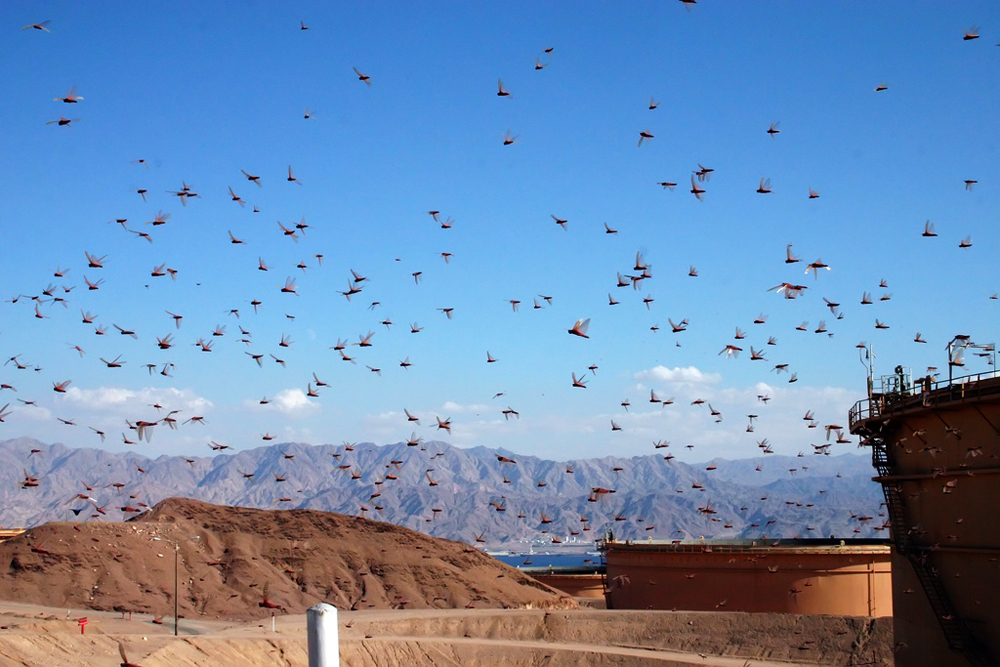Hunger Spreads in Africa As El Nino Cuts Harvests
Trifecta of drought, floods, and fighting could set the stage for a deeper food crisis in 2016.
Droughts and floods associated with El Nino are degrading food security in eastern and southern Africa and the Arabian Peninsula, where communities are already weakened by conflict. More than 10 million people in the region currently face hunger, and without a swift humanitarian response millions more could join them next year, aid agencies warned.
Food supplies are stressed across vast swathes of the Horn of Africa, a knob of the continent that juts into the Arabian Sea, as well as in southeastern Africa. More than 8 million people are at risk in Ethiopia, which is enduring its worst drought in 30 years. Concentrated in northeastern Ethiopia, the number of people needing food assistance could nearly double to 15 million people next year, according to the Famine Early Warning Systems Network (FEWSNET), a U.S. government program that monitors food availability. An estimated 3 million people are currently food insecure in Somalia. Another 3 million face hunger in southern Africa, mainly in Malawi and Zimbabwe.
Meanwhile, conflicts in two of the world’s least stable countries are generating a second set of food crises. Nearly four million people in South Sudan and a “significant population” in Yemen need food assistance, according to FEWSNET. An estimated 30,000 people in South Sudan are in “catastrophe” conditions—the highest level of food insecurity listed by FEWSNET. The consequences of these conflicts often cross borders. Refugees who flee the violence put pressure on water, food, and social services in neighboring countries.
Floods and Swarms
In a twist of weather, floods pose the biggest immediate threat to the Horn of Africa, according to aid agencies. Above-average rainfall caused by El Nino, now one of the three strongest on record, and another weather event known as the Indian Ocean Dipole could cause flash flooding in Somalia and Ethiopia along the Shabelle and Juba Rivers. Communities living near Kenya’s Tana River could also be at risk. Floods could cut off the distribution of food supplies, raise food prices, and destroy crops, pushing more people toward hunger, FEWSNET said.
Heavy rains across northern Africa and the Arabian Peninsula could also herald a scourge of locusts next year. A small swarm of the insects, a type of grasshopper, can eat the same amount of food in a day as 35,000 people, according to the Food and Agriculture Organization of the United Nations. The swarms destroy harvests, contributing to hunger for human communities.
“Extreme weather events, including torrential downpours, have the potential to trigger a massive surge in locust numbers,” Keith Cressman, senior locust forecasting officer at the FAO, said in a November 11 press release. “Rain provides moist soil for the insects to lay their eggs, which in turn need to absorb water, while rains also allow vegetation to grow which locusts need for food and shelter.”
Earlier this month, tropical storms in Yemen unleashed more rain than the country normally receives in a year. Above average rainfall is also predicted in Somalia over the next several months.
Children at Risk
Children are among the most vulnerable to the droughts and floods caused by El Nino, according to the United Nations Children’s Fund (UNICEF). The agency released a report last week warning that 11 million children in eastern and southern Africa are at risk not only from hunger, but also from disease and a lack of water.
Children are at greater risk from cholera, dengue fever, diarrhea, malaria, and other illnesses that can spike after floods, as well as from heat waves, the report said. Floods and droughts can also limit children’s access to schools, while malnutrition can limit their mental and physical development.
“Children and their communities need our help to recover from the impact of El Nino and to prepare for the further damage it could unleash,” Anthony Lake, UNICEF’s executive director, said in the report. “At the same time, its intensity and potential destructiveness should be a wake-up call as world leaders gather in Paris. As they debate an agreement on limiting global warming, they should recall that the future of today’s children and of the planet they will inherit is at stake.”
A news correspondent for Circle of Blue based out of Hawaii. She writes The Stream, Circle of Blue’s daily digest of international water news trends. Her interests include food security, ecology and the Great Lakes.
Contact Codi Kozacek













Leave a Reply
Want to join the discussion?Feel free to contribute!